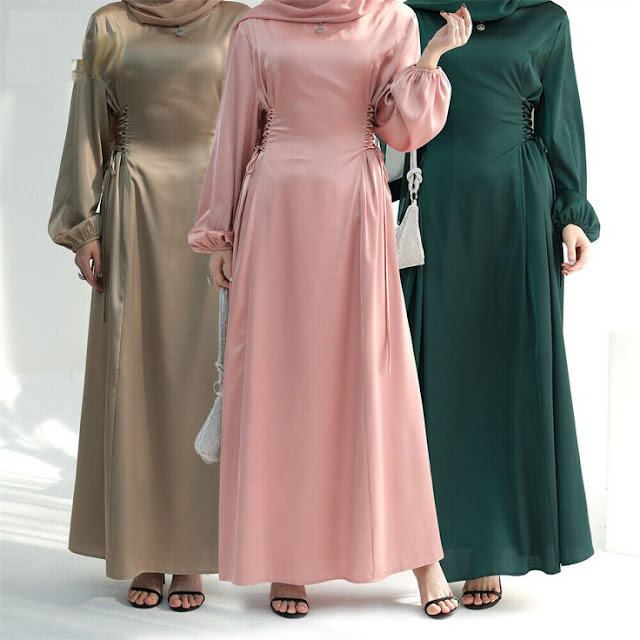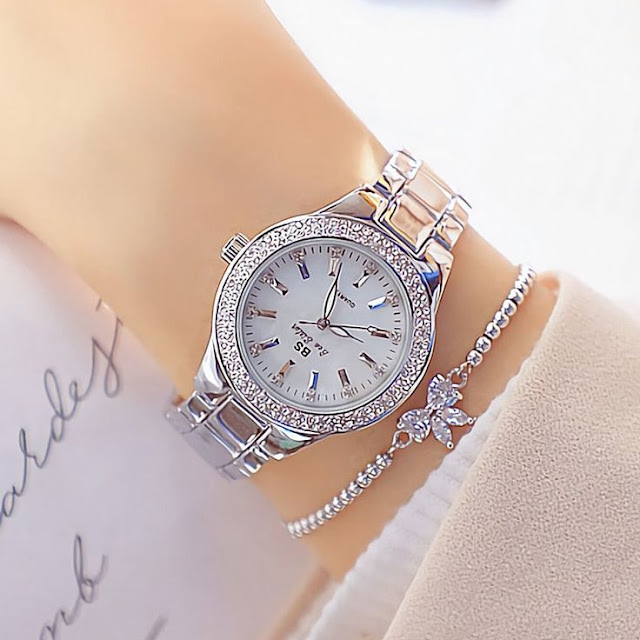Exploring Turkish Traditional Attire in the Modern Era

Introduction
Traditional Turkish clothing reflects the nation’s rich history, blending Ottoman influences with regional variations. In 2025, traditional attire continues to thrive, merging cultural heritage with modern fashion trends.
The Historical Significance of Turkish Dress
Turkish clothing has been shaped by history, geography, and culture. The Ottoman Empire played a crucial role in defining Turkish attire, introducing elaborate embroidery, silk fabrics, and layered garments. Over time, these styles have evolved, yet the essence remains intact.
Traditional Turkish Attire for Men

The Salwar and Shalvar
Salwar (baggy trousers) remains a staple of men’s traditional dress, commonly worn with a long tunic or vest.
The Yelek (Vest) and Ceket (Jacket)
Turkish men often layer their outfits with a yelek (vest) or ceket (jacket), adding sophistication to their attire.
The Fez Hat
Although the fez was banned in 1925, it remains a symbol of Turkish heritage and is still worn on ceremonial occasions.
Leather Shoes and Boots
Ottoman-style leather shoes, known as yemeni, continue to be favored for their durability and craftsmanship.
Traditional Turkish Attire for Women

The Bindalli Dress
Bindalli, an embroidered velvet dress, is a popular choice for brides and special occasions.
The Entari (Long Dress)
The entari is a long flowing dress, often layered with embroidered jackets.
The Şalvar (Baggy Pants)
Similar to men’s salwar, women also wear şalvar, paired with intricately designed blouses.
The Yazma and Eşarp (Headscarves)
Turkish women have traditionally worn headscarves such as yazma and eşarp, often adorned with floral patterns and lace.
Regional Variations in Traditional Turkish Clothing

Central Anatolian Dress
Characterized by colorful skirts and embroidered vests, Central Anatolian attire remains vibrant and eye-catching.
Aegean and Mediterranean Influence
Coastal regions have lighter fabrics and breezier designs due to the warm climate.
Eastern Anatolian Styles
The Role of Traditional Clothing in Turkish Weddings

Bridal attire remains deeply rooted in tradition, with red veils symbolizing good luck and embroidered bindalli dresses worn during the henna night.
Kaftan
A central piece in traditional Turkish bridal wear, the kaftan is a long, flowing robe characterized by its rich fabric and detailed embroidery. Often made from silk or velvet, it is adorned with gold or silver thread, gemstones, and intricate patterns. The kaftan not only adds a regal touch but also connects the bride to her cultural roots.
Yeldirme
This is a ceremonial outer garment worn over the bridal dress, typically crafted from sheer fabric and embellished with decorative elements. The yeldirme adds an extra layer of elegance and is often removed during the wedding festivities to reveal the more ornate dress beneath.
Bindallı
Traditionally worn during the henna night (kına gecesi), the bindallı is a velvet gown featuring extensive embroidery, often in gold or silver. In 2025, many brides choose to incorporate elements of the bindallı into their wedding attire, blending it with modern designs to create a unique look.
Turkish Traditional Attire in Festivals and Ceremonies

During festivals like Hıdırellez and Nevruz, people wear regional outfits, performing folk dances and celebrating cultural heritage.
Sustainable Fashion and Turkish Traditional Clothing
With the rise of sustainability, Turkish artisans focus on eco-friendly fabrics and handmade embroidery, keeping traditional dress relevant in 2025.
Modern Adaptations in 2025
In 2025, Turkish bridal fashion embraces both tradition and modernity. Designers are incorporating contemporary trends such as illusion necklines, layered skirts, and eco-friendly materials into traditional silhouettes. This fusion results in gowns that honor cultural heritage while appealing to modern aesthetics.
Where to Buy Traditional Turkish Clothing in 2025
From Istanbul’s Grand Bazaar to online boutiques, authentic Turkish attire is widely available. Local markets offer handmade garments, while modern designers showcase traditional elements in their collections.
Conclusion
Traditional Turkish clothing continues to be a source of pride and identity. While modern trends influence fashion, the essence of Turkish attire remains deeply rooted in its cultural heritage.by blending historical elements with modern trends, today's brides can celebrate their heritage while expressing their individuality, resulting in wedding attire that is both timeless and contemporary.
FAQs
What are the main fabrics used in traditional Turkish clothing?
Silk, cotton, velvet, and wool are commonly used in traditional Turkish garments.
Can traditional Turkish clothing be worn casually in 2025?
Yes! Many Turkish designers have adapted traditional attire into casual wear, making it stylish and comfortable.
Is the fez still worn in Turkey?
While not worn daily, the fez is still used in cultural performances and historical reenactments.
What is the significance of the bindalli dress?
Bindalli is a ceremonial dress worn by brides and during special occasions, symbolizing elegance and tradition.
Where can I experience traditional Turkish clothing firsthand?
Visiting Turkey’s cultural festivals, historical sites, and bazaars is the best way to experience authentic Turkish attire.



Comments
Post a Comment